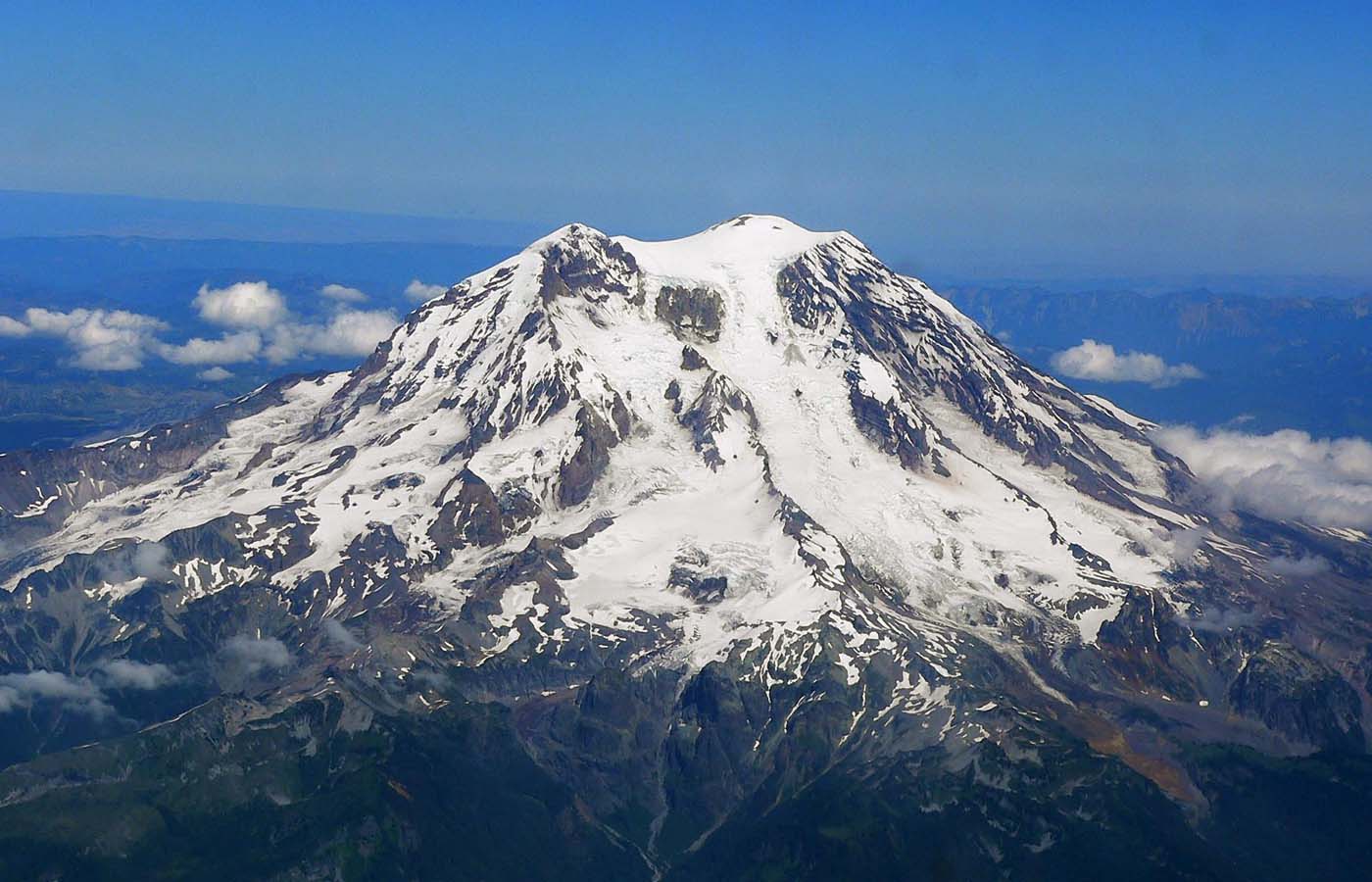Imagine being stuck high on a mountain side with little hope of rescue and nowhere to go but up
When most people think of Mount Rainier in Washington State, they don’t think of it as being an extraordinarily dangerous mountain. Although, the mountain goes high in altitude with a 14,411-foot summit. It also has an 8,000-foot precipitous run on the north face that rises steeply to the peak and is considered the most difficult and technical and difficult climb on the entire structure – with only a 53 percent success rate of finishing the climb.
But recent events that took place, proves a case in point, that the impressive stratovolcano is to be taken seriously, even by those who consider themselves as experienced alpinists. Last week, a group of four men who had already summited the Mount Rainier a handful of times attempted what is known as the Liberty Ridge climb. What was supposed to be accomplished within the course of 24-hours turned into a life-or-death situation with the lives of the men at peril.
A happy group prepares to climb
According to the lead climber, who by the way had done that route earlier in the summer without a hitch, was going to lead a group of friends visiting from the East coast up the mountain – all of whom had a sufficient number of climbing notches belts and confident in their ability to tackle the Liberty Ridge route.
A safe way to do this ascent is with a pause and night spent at almost 11,000 for rest and acclimatization purposes. But the group’s intent was to push hard and do the entire thing in one long and hard day. So they started out at 10 pm on Saturday and made it to a place called the saddle at 10,800 feet by Sunday 8 am – which is pretty much the point of no return because of the danger of loose rock and avalanches; in other words, there’s no down climbing from there once a forward push is committed to.
Warning signs that something is not quite right
This was also the point where the least experienced climber started to succumb to the effects of altitude. The group decided to put this climber in the lead to set a pace he could maintain – and he started making mistakes and moving slowly. By 12,000 feet an icy wind started to blow, and the guys decided to move off the main route and set up a tent for the night on a precarious ledge. Making matters worse, the men had few provisions with them since the idea was to move light and fast to the summit – a few snacks, energy bars, and a little gas for tea.
The tent wasn’t meant to withstand the wind speeds experienced that night on the mountain side and practically was grated and shredded to pieces by wind shear. In all the chaos and confusion, a pack that carried much of the food went for a long and permanent ride down the mountain side. Waking up with hypothermia is when the men decided it was best to call for help. Fortunately, one of the guys had a cellphone on his person with coverage. They dialed 911 and were able to relay the basic information.
They got lucky, took a chance, and things turned out for the best
But with sustained strong winds, and the risky location, the rescue helicopters were unable to help the stranded group. So really, they had no choice but to stay there, exposed to the elements and wait for the weather to improve. After some maneuvering higher up the mountain and a chance find of an ice cave for some protection and rest. Finally, on the following Thursday, they left the cave and headed towards the ridge to the summit. Like a miraculous mirage, a helicopter appeared at eye-level and landed beside them.
Fortunately, none of the climbers were seriously injured and all made it out alive. Climbing hard and technical ascents in a fast and light manner is all the rage these days. And while it has its merit, this recent event on a popular mountain is a good reminder about experience, being prepared, having back up plans and redundancy in place – because you just never know. Oh, and that nature is always a force to reckon with.
